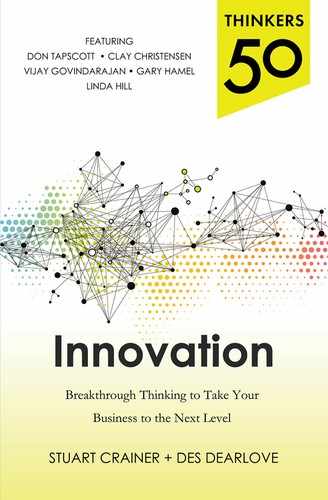Introduction
After the Japanese company Fujitsu was acknowledged as having developed the world’s fastest supercomputer, we spent time talking to those involved with its development.
The computer was nicknamed K, a play on the Japanese word kei, meaning the number 10 to the power of 16. It is a big number and a big project, with a $1 billion development budget and more than 1,000 people involved. Development began in 2007 and ended in 2012, with the K being celebrated as the fastest of the fastest.
We met with the managers and leaders who were involved in this huge project. We were struck by two things. The first was the down-to-earth nature of those involved. Those on the Fujitsu team were not classic Silicon Valley types. They were not hip or cool. There were no jeans, not even chinos. There was no casual wear, nothing casual at all. Indeed, when we met the overall project manager, he looked like a typical middle-aged Japanese corporate man wearing a suit with a waistcoat to stave off the Tokyo winter chill. These were ordinary people involved in an extraordinary project.
The second thing that struck us was that, despite their quiet and contained outward demeanor, these were men and women with a mission. We talked with Aiichirou Inoue, president of Fujitsu’s Next Generation Technical Computing Unit. When we spoke, the project was nearing its end. The pressure was on. Inoue had been the driving force behind the company’s mainframe computer business for 27 years. Given his long service, Inoue could perhaps have been forgiven for having an air of ennui. In reality, he was a ball of creative energy, excited and under pressure in equal measure. “In my previous roles, I couldn’t do the things I wanted to do. I wanted to build something by myself, not just to use it, but to build it,” he explained.
Talking to Inoue and his colleagues, it was clear that the innovative and groundbreaking K computer wasn’t an end in itself. There were much more important and motivational forces at work. “I want the young engineers working on this project to be excited and to enjoy their work,” said Inoue. “But, let’s be clear: the K computer will make the future for Fujitsu, for Japan, and for human beings. It will give us the ability to look at the weather of the future, and there are a huge number of healthcare uses. That’s what I mean about its power to change humanity. A computer is just a big box; what’s interesting is to see it as a tool to help mankind and societies around the world.”1
We walked away from the Fujitsu team and started thinking again about innovation. What we had encountered challenged our easily held stereotypes and assumptions. We learned that innovation is not practiced in isolation. Nor is it the work of supermen and superwomen, although much of what they accomplish is superbly world-changing.
Innovation is ordinary, but the results are extraordinary.
Innovation changes reality, but it is built from aspirations, dreams, ambitions, and visions.
We thought again, and this book combines our experiences of talking to practitioners in the field of innovation and the world’s leading thinkers on the subject, including Clay Christensen, Vijay Govindarajan, Gary Hamel, Linda Hill, Costas Markides, Roger Martin, the late C. K. Prahalad, Don Tapscott, and many others. Our aim is to give you direct access to, and understanding of, the fundamentals of innovation and the latest thinking on the subject. Please let us know if we have succeeded.
